Understanding Weight Per Gallon
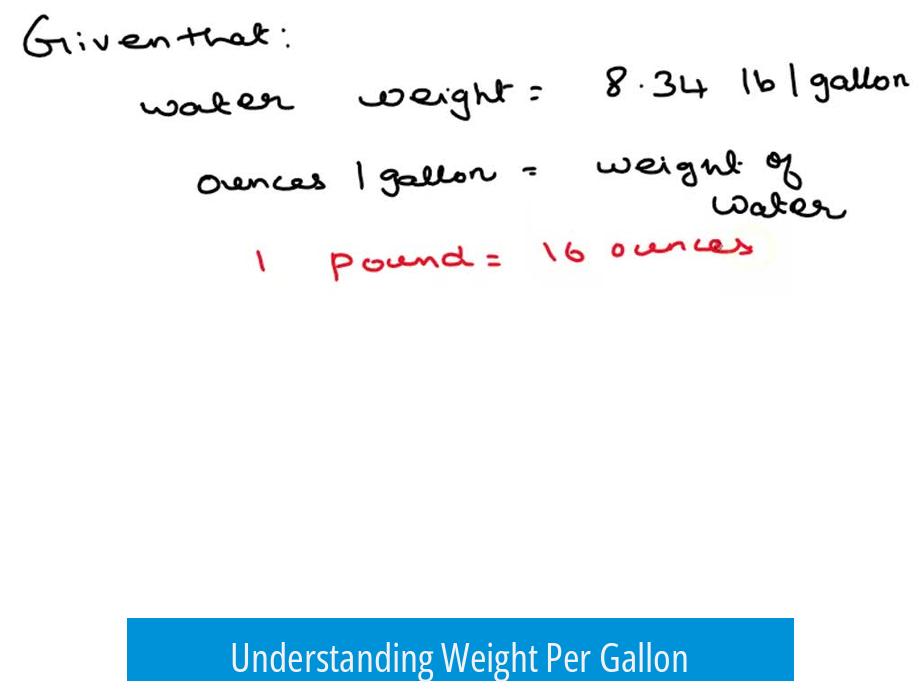
Weight per gallon is the mass of a liquid or substance contained within one gallon, typically expressed in pounds per gallon (lb/gal). The exact weight depends on the substance’s density and the type of gallon used—US gallon or Imperial gallon.
Types of Gallons
- US Gallon: Equals 3.785 liters.
- Imperial Gallon: Equals 4.546 liters.
Since the volumes differ, weight per gallon values vary accordingly.
Calculating Weight Per Gallon
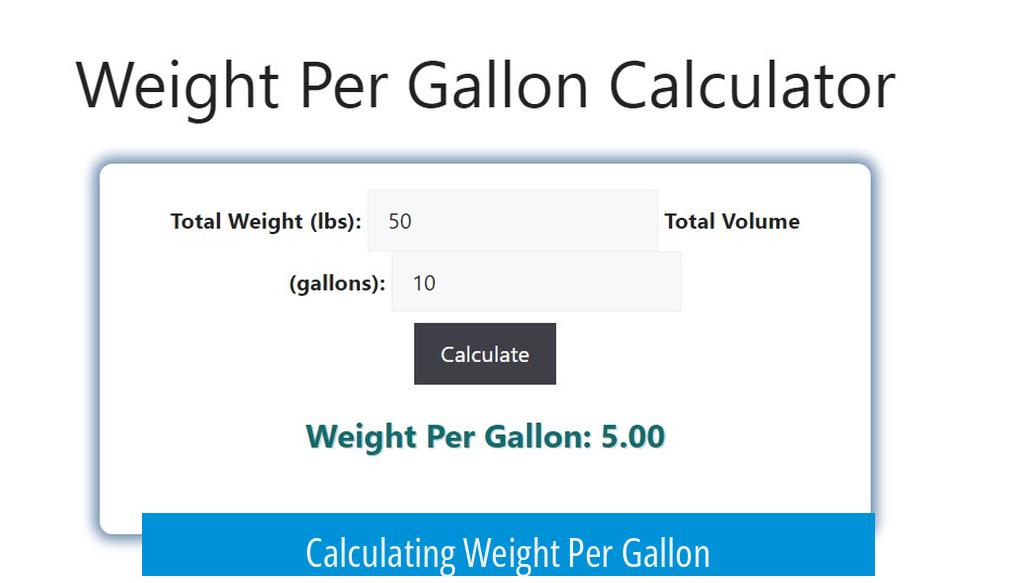
The procedure involves measuring the substance’s density and converting units appropriately.
- Fill a container, such as a cup, whose volume is precisely known.
- Weigh the filled container to get the mass in grams.
- Calculate density by dividing the weight (grams) by the volume (mL).
- Convert density from grams per milliliter (g/mL) to pounds per gallon (lb/gal) by multiplying by approximately 0.11983.
This factor converts g/mL to lb/gal (US gallon basis). A simpler rounded value is 0.12 for quick estimates.
Example Calculation
Suppose a sample yields a weight of 6.42 lb/gal. This means one gallon of the substance weighs 6.42 pounds under the measurement conditions and gallon type assumed.
Specific Gravity and Weight Per Gallon
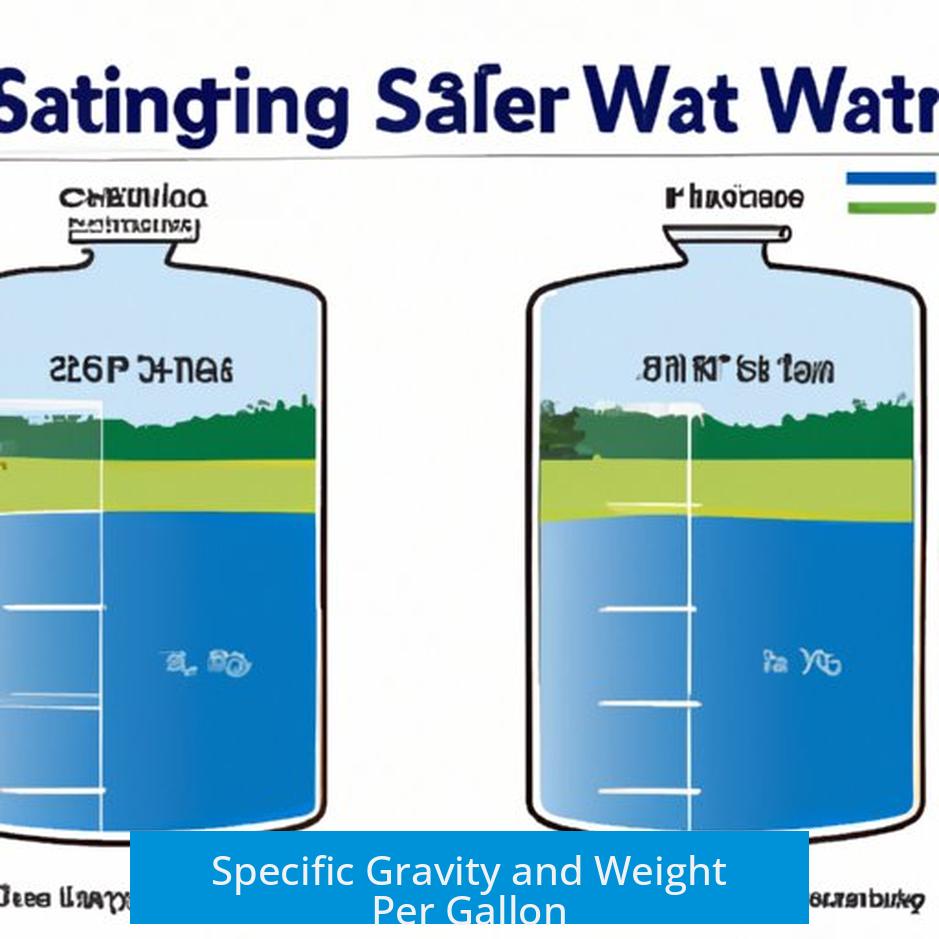
Specific gravity refers to the ratio of the density of a substance to the density of water. When using a cup with known volume, the weight in grams equals the specific gravity in lb/gal when the container volume is converted properly. This aids in quickly estimating weight per gallon.
Important Considerations
- Always verify the gallon type, as using imperial instead of US gallon changes the calculation.
- Density values must be accurate for reliable weight per gallon results.
- Temperature and pressure can affect density and therefore weight per gallon.
Summary
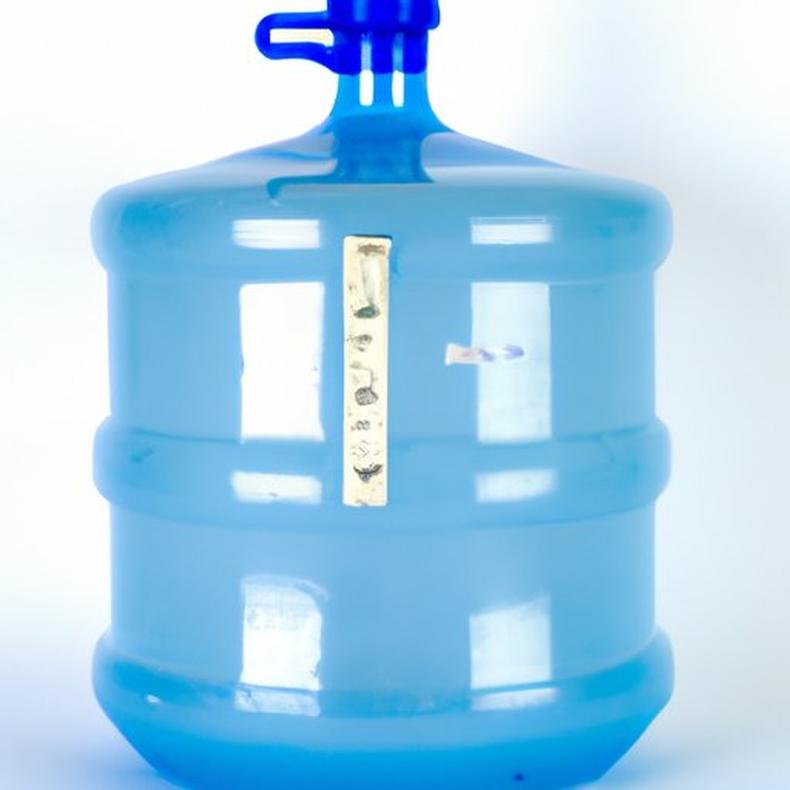
- Weight per gallon expresses substance weight within one gallon.
- Measure density by weighing known volume, then convert units.
- Multiply density in g/mL by 0.11983 to get lb/gal (US gallons).
- Confirm if US or Imperial gallon is used for correct values.
Unlocking the Mystery of Weight Per Gallon: A Practical Guide
Wondering how much your liquid weighs per gallon? The answer lies in the precise calculation of weight per gallon, a critical measure for industries ranging from paint manufacturing to chemical processing. Let’s dive into the ins and outs of weight per gallon with a fresh, clear perspective – no fluff, just solid facts and handy tips.
First things first: weight per gallon (lb/gal) is not just about tossing a gallon container on a scale. It’s a careful balance of volume, weight, and specific formulas that tie everything together. Whether you’re dealing with water, oil, or a mysterious chemical blend, knowing the weight per gallon helps with shipping cost, safety precautions, and proper mixing ratios.
What Is Weight Per Gallon? The Straight Answer
Weight per gallon is the measure of how many pounds a gallon of a substance weighs, and it varies depending on the substance’s density and the gallon type used. For example, your calculated value might be 6.42 lb/gal – which tells you exactly how heavy one gallon of that substance is.
But here’s a question: Did you know that the weight varies depending on whether you’re talking about an Imperial gallon or a US gallon? That subtle difference changes the entire picture. The US gallon is about 3.785 liters, while the Imperial gallon is larger, roughly 4.546 liters. Your weight per gallon shifts right along with it.
The Secret Weapon: Specific Gravity and the Magic “Cup”
Let’s talk about that magical “cup” you might have heard about. This isn’t just any measuring cup. It’s one with a very specific volume designed to make calculations easier and more accurate. When you fill this cup precisely, its volume correlates directly to weight in grams, simplifying your work.
Here’s the neat trick: the specific gravity expressed in lb/gal matches its weight in grams when you use this cup. That means, if your cup is filled to the right line and weighed, you get a number in grams that directly converts to pounds per gallon. Easy math, right?
Step-by-Step: Calculating Weight Per Gallon Like a Pro
- Fill the cup carefully to the exact volume. Precision is key here. If you’re off by a drop or two, your results get shaky.
- Weigh the cup full of liquid in grams. The weight reflects the mass of the liquid in that fixed volume.
- Calculate density: Divide your measured weight in grams by the volume in milliliters.
- Convert that density to pounds per gallon. Multiply your density by approximately 0.12 (for simplicity and accuracy, the value ranges from 0.11983 to 0.12).
Here’s a little math punchline:
Density (g/mL) × 0.12 = Weight (lb/gal)
Simple, right? This calculation lets you turn the precise but abstract “grams per milliliter” into a real-world number that you can actually ship, store, or sell – pounds per gallon.
Why Does Weight Per Gallon Matter to You?
You might be wondering, “I just want to know how heavy my gallon of paint or oil is. Why all this fuss?” Here’s why it matters.
- Cost Efficiency: Shipping bills depend on weight. Knowing exact weight per gallon prevents surprises at the dock.
- Mixing Precision: Paints, chemicals, or any liquid formulas need exact ratios. A wrong assumption about weight leads to poor quality or dangerous reactions.
- Safety & Handling: Heavier liquids might require different equipment. Without accurate weight, you might risk spills or overloading containers.
So, whether you’re a warehouse manager, chemistry student, or a DIY enthusiast, understanding weight per gallon saves you time, money, and headaches.
Choosing the Right Gallon Type: The Devil Is in the Detail
Let’s clear the confusion about the gallon itself. The US gallon and the Imperial gallon may share the name, but they are not twins.
The US gallon is smaller, standing at about 128 fluid ounces or 3.785 liters. Conversely, the Imperial gallon measures 160 fluid ounces or approximately 4.546 liters.
This means:
- If your weight per gallon calculation assumes a US gallon but you actually have an Imperial gallon, your actual weight per gallon is higher.
- Make sure to confirm which gallon unit your data refers to before finalizing calculations or mixing formulas.
Getting the gallon wrong can throw off your weight calculations by up to 20%. That’s not a trivial error when dealing with industrial volumes or hazardous chemicals.
A Real-World Example Worth Remembering
Suppose you’re measuring a liquid and the calculation comes out to 6.42 lb/gal using our method. This means that for every gallon of that liquid, the weight is just over six and a half pounds.
Imagine billing a customer or preparing a shipment with this data. You would know the exact weight to expect on the scale, avoiding overpriced freight or under-delivered product.
Equipped with this knowledge, you now have a clear system to quantify your liquid’s density and weight, no guesswork required.
In Summary: Your Quick Guide to Mastering Weight Per Gallon
- Use a cup with a fixed volume. It’s your best friend for correlating grams to pounds per gallon.
- Measure carefully and calculate density by dividing weight by volume.
- Multiply density by 0.12 to convert to pounds per gallon.
- Confirm the gallon type (US vs. Imperial) to avoid surprises.
- Put your results to work in shipping, mixing, and pricing.
Are you ready to take your measurements to the next level? The precision you gain shapes smarter decisions in business and science alike.
Once you know how much your gallon weighs, the next step is to apply those numbers wisely. It’s a small calculation that opens big doors. So, next time you pour a gallon, ask yourself: how much am I really holding in my hands?
What is the formula to calculate specific gravity in lb/gal?
Fill a cup of known volume, weigh the contents in grams, then use that weight as specific gravity in lb/gal.
How do I convert density from grams per milliliter to pounds per gallon?
Divide the weight in grams by the volume in mL to get density, then multiply by 0.11983 to convert to lb/gal.
What does a weight of 6.42 lb/gal indicate?
This means the substance weighs 6.42 pounds for every US gallon of volume.
Does the type of gallon affect weight per gallon measurements?
Yes, US gallons and Imperial gallons have different volumes, so clarify which gallon type is used.
Why is a specific cup size important when measuring weight per gallon?
A standardized cup volume ensures accurate density calculation when weighing the substance.




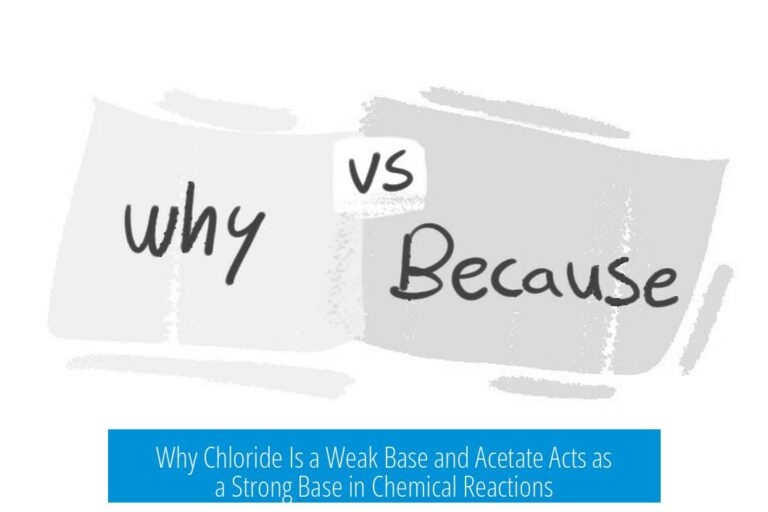
Leave a Comment